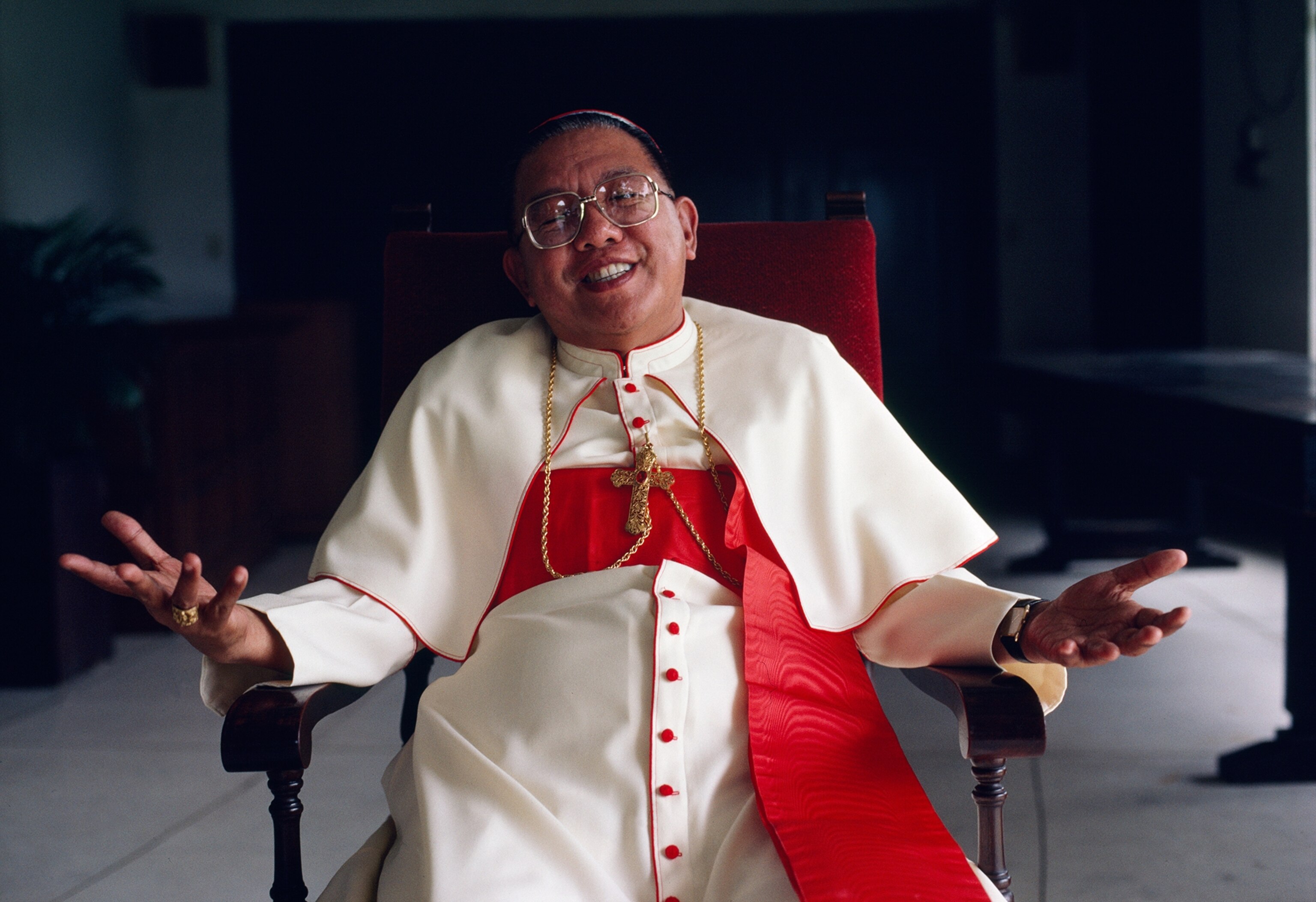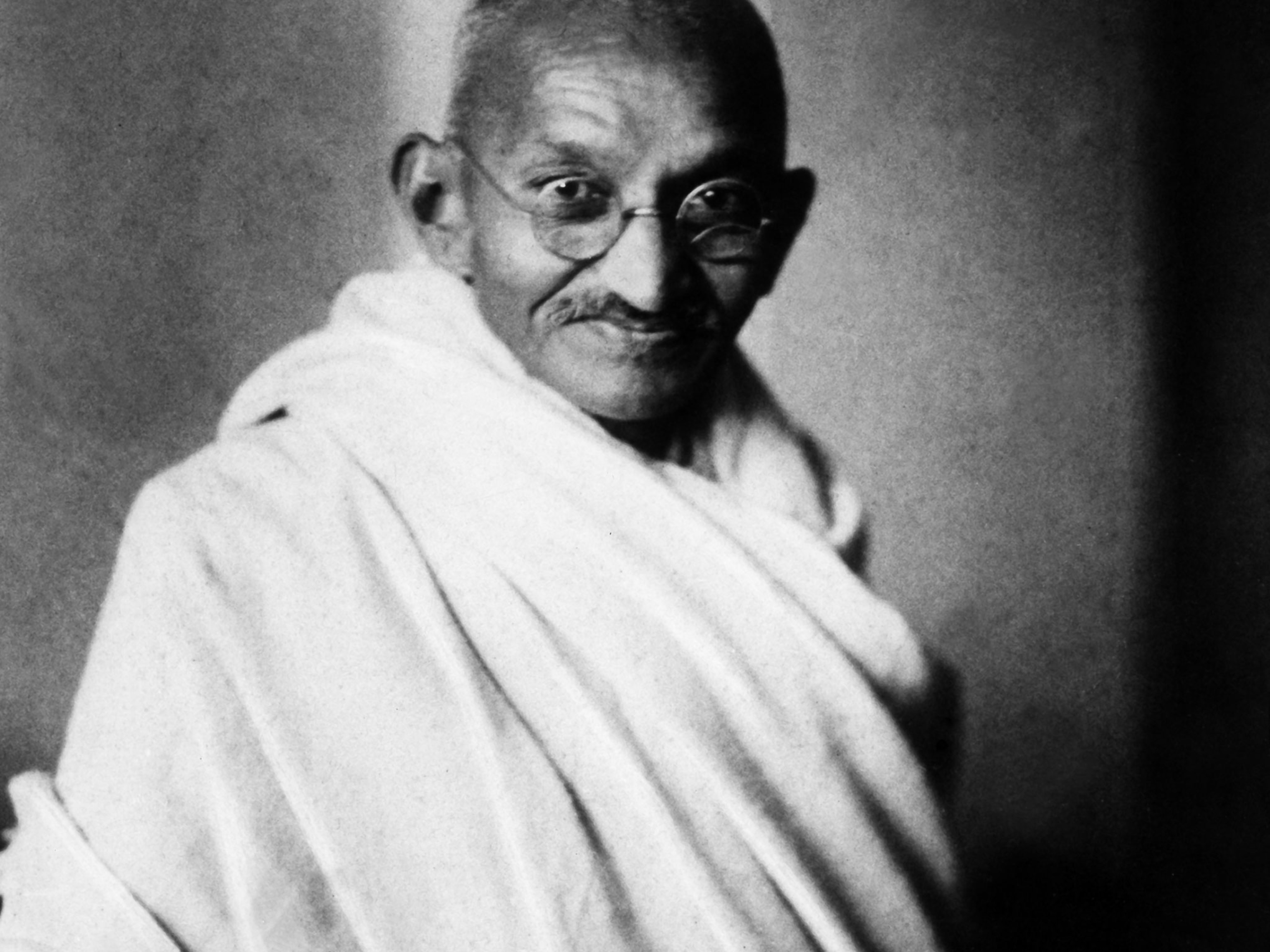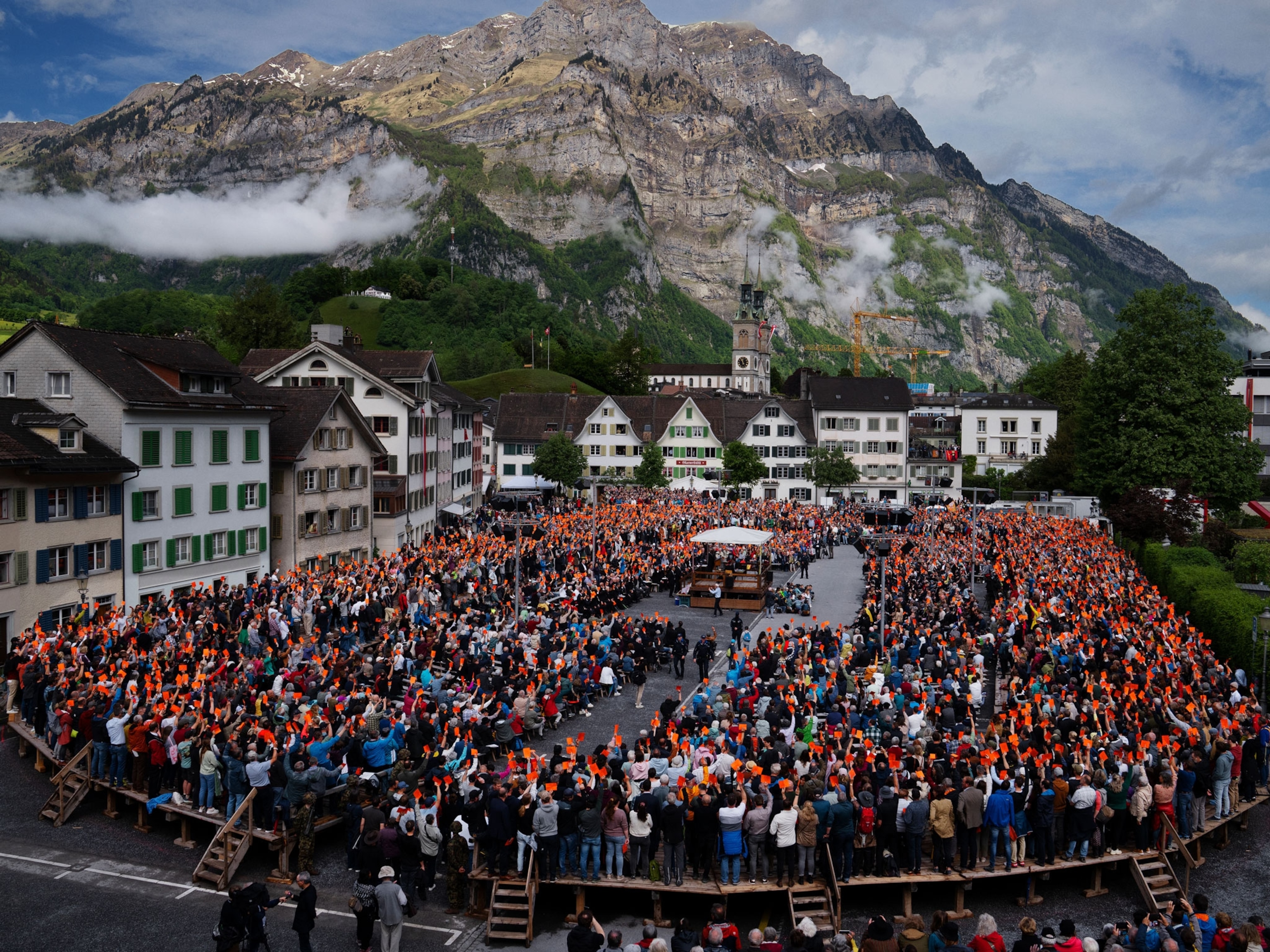
Photos of a Dictator's Peaceful Downfall, 30 Years On
A National Geographic photographer witnessed "people power" bring down an authoritarian regime in the Philippines.
“Housewife.”
That's the occupation that Corazon Aquino listed 30 years ago when she registered to run for president of the Philippines in 1986. She was a political neophyte who stepped forward to challenge a strongman widely believed to have been involved in the assassination of her husband, opposition leader Senator Benigno S. “Ninoy” Aquino, Jr. Incumbent President Ferdinand Marcos had hastily called snap elections in a bid to strengthen his hold on office after months of political turmoil that followed the killing in 1983.
Photographer Steve McCurry, in the Philippines on assignment for National Geographic, was on the ground to record all that followed—events that came to be known as the People Power Revolution.
Photos From ‘People Power’
McCurry witnessed it all. A national election widely decried as fraudulent. Filipinos spilling out on to the streets. Soldiers laying down their arms in the face of pervasive, nonviolent protests. The swift, stunning end to an autocratic government. The peaceful transition of power.
The July 1986 issue of National Geographic magazine featured powerful images from McCurry that captured the tumult that brought down a two-decade-old authoritarian regime under which corruption flourished and political dissent was sometimes violently silenced.
As Filipinos head to the polls for a national election on May 9, People Power and the events of 1986 have reentered the national conversation.
Familiar names remain a part of the political scene. The outgoing president is Benigno “Noynoy” Aquino III, the son of Corazon Aquino. Ferdinand “Bongbong” Marcos, Jr., the son of Ferdinand Marcos, is a strong contender to be the next vice president of the Philippines. The leading candidate in presidential polls, Rodrigo Duterte—a candidate being compared to Donald Trump—has spoken fondly of the Marcos era. His opponents are already openly speaking of a possible coup, calling him a dictator in the making.
Thirty years later, many Filipinos today were not around to witness People Power. Emotions fade. Memories are fallible. Bongbong Marcos’s presence on the ballot has caused many Filipinos to debate the legacy of his father’s presidency.
McCurry’s photographs serve as a powerful and objective visual record of all that transpired during that fateful month in 1986.













